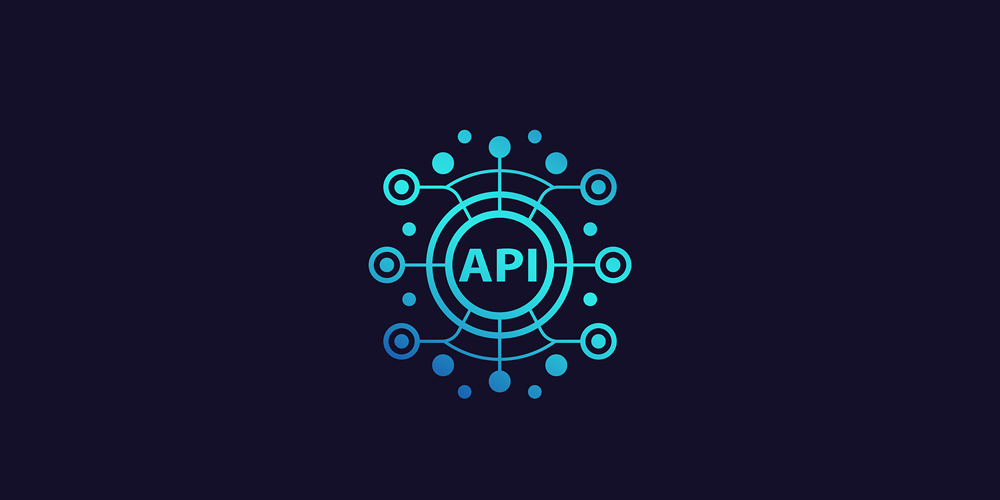APIs came more and more to the forefront of tech-thinking in 2012 and there was some great thinking about API trends and the Web more generally.
When it comes to the application programming interfaces (APIs) and the API economy, the question that gets asked most frequently is “What is an API?”. Thanks to the wider-spread attention that APIs are getting from the mainstream media, “What is an API?” is, in fact, the million dollar question because, for those who understand the potential of APIs, there could be millions of more dollars to be made, or saved.
Example:
Imagine a waiter at the restaurant, You the customer are sitting at the table with a menu to order from, and the kitchen is the provider who will fulfill your orders.
You need a link to communicate your order to the kitchen and then to deliver it back to the table. It can be the chef as he’s cooking in the kitchen. You need something to connect to the customers who are ordering food and the chef who is preparing the food. That’s where the waiter – or the API – enters the picture.
The waiter takes your order, delivers it to the kitchen, telling the kitchen what to do, it then delivers the response. In this case, the food back to you. Moreover, if it’s designed correctly, hopefully, the order won’t crash.
Google has been launching APIs open to the work to use.
With the introduction to what is an API, let’s talk about Top 5 APIs launched at Google Next, 2019
1. Video intelligence API-bundled enhancement

Video Intelligence API, is a pre-trained machine learning models that have a tendency to automatically recognize a vast number of objects, places, and actions in stored and streaming video. This has proved to be one of the most efficient resources for common use cases and improves over time as new concepts are introduced.
2. Cloud vision API

Cloud vision allows developers to easily integrate vision detection features within applications, including image labeling, face, and landmark detection, optical character recognition and tagging of explicit content. The use cases included are label detection, face detection, text recognition.
3. Document understanding API

This is an extremely innovative launch as with this if your business requires any manual paperwork processing, document understanding API can be used effortlessly, this will enable the task to classify documents, extract crucial information from scanned images. the following use cases are included: document and content management, digital transaction management, system integration, robotic process automation, procure to pay automation.
4. Recommendation API

Do you have a retail-oriented business? Wow, recommendation API is the solution as this will help you deliver highly personalized product recommendation to the customers at scale. A fully managed service, this API puts all of the data to work to deliver high quality, relevant recommended products.
5. Visual Product Search

Looking to deliver relevant products to the customers?
Visual product search helps you match the customer-generated images from the product catalog. These results tend to reduce the purchasing friction for the customers by promoting them with product based on their interests.
Wow! That was a lot, there are constant updates to the API system, this is being done for better support developers and there are new solutions being launched to meet the ever-growing breadth of business and industry needs.
